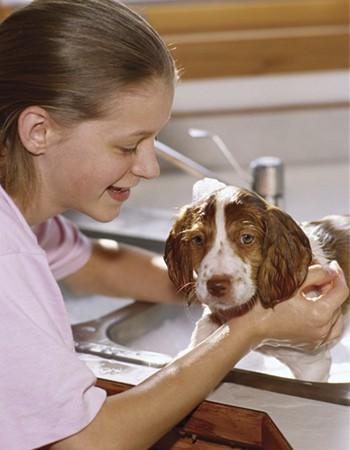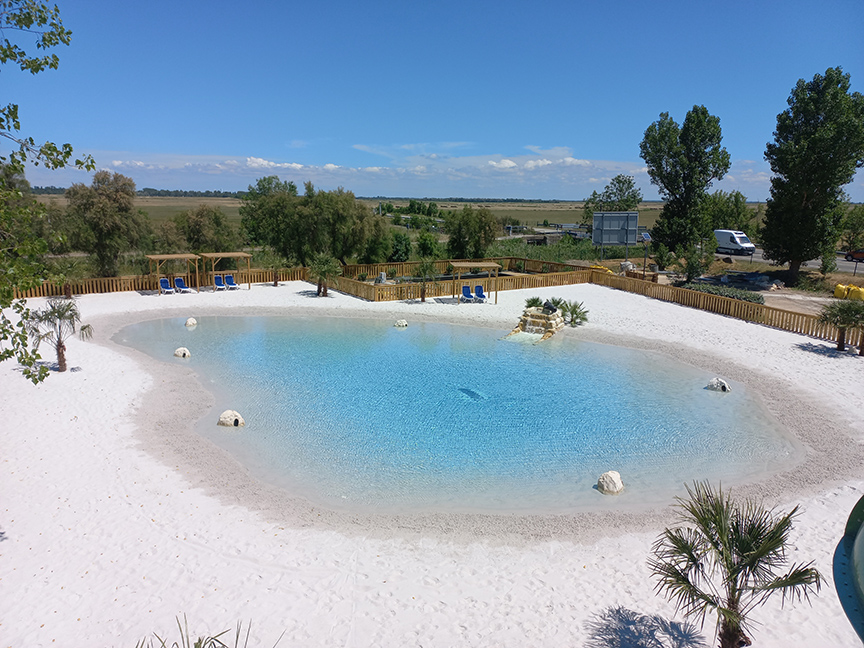Flea-Free Living without Fleeting the State
While Floridians experience flea issues year-round,entomologists confirm that the environmental conditions that arise during the summer make it the worst season for fleas, with population explosions more intense than anywhere else in the world. The primary species in Florida is the cat flea. Before dog owners breathe sighs of relief, however, it’s important to know that cat fleas aren’t picky feeders, infecting dogs, cats and even humans. To help pet owners fight fleas this summer, Animal Hospital of Largo’s Dr. Mike has come to us with artillery in the form of information. The more pet owners know about the flea life-cycle, the better equipped they are to take advantage of its vulnerable spots and, consequently, abolish fleas for good.
The cat flea’s complex life-cycle makes the pest particularly challenging to expel. Pupae can remain dormant for many months, prematurely convincing pet owners that their woes are over. Seeing adult fleas, however, is just the tip of the iceberg, themselves representing only 5% of the problem. The rest of the flea population can be found off the pet, in and around the home. Eggs laid in the pet’s fur coat are designed to fall off and hatch into larvae, which eventually spin impervious cocoons for pupation. The egg, larva and adult stages in the flea’s life-cycle are the most vulnerable. Despite life-cycles as brief as sixteen days, flea populations can grow exponentially, reinforcing the importance of a proactive approach.
As discussed in the last issue of the Florida Home in “Paws up to Protecting Backyard Playtime,” flea, tick and worm preventatives are imperative for both outdoor and indoor pets. Treating all your pets is crucial, rather than just those that seem to be at greater risk for infection. The best method of protection is applying topical or oral monthly preventatives as well as rotating between two products, thus minimizing the chances of fleas building immunity. Veterinary offices like Animal Hospital of Largo can help you determine which preventatives are most suitable for your pet.
Regular treatment, however, must extend beyond the pet and into the environment. Insect growth regulators (IGRs) are the most effective form of treatment across the flea life-cycle, tackling the egg, larva and pupa stages. Spraying the environment with IGRs affects flea eggs and larvae, arresting the pupa development stage and, consequently, shutting down the evolving population in the environment. Animal Hospital of Largo can help you choose from their effective line of environmental control products that are both long-lasting and safe.
Pet owners should select a spray that affects not only fleas, but ticks as well. North America has been witnessing what’s been coined as the ticking time bomb. Unlike the itching caused by fleas, there aren’t visible symptoms associated with ticks, making their presence less obvious. As a result, ticks are moving across North America in epidemic proportions, causing rising incidences of lyme disease. To conclude our three-part series, we’ll discuss how to protect against exploding tick populations in the next issue of the Florida Home.
- Log in to post comments







